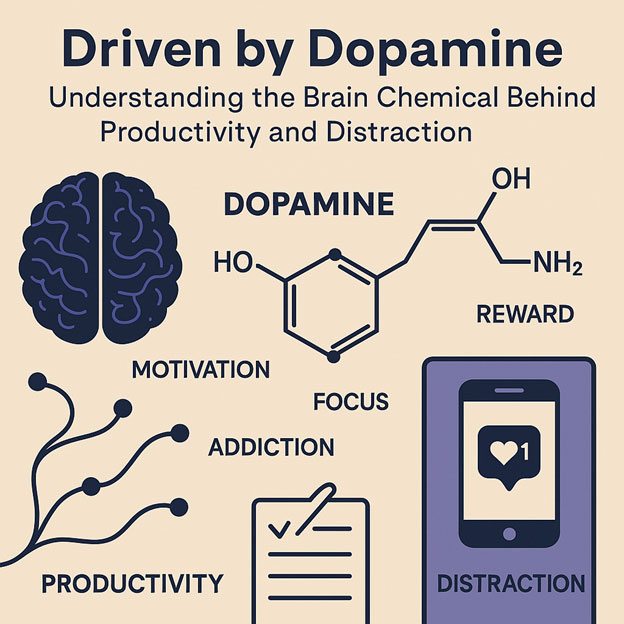Here’s something that you may not know. Prohibition worked.
By the turn of the 20th Century, Americans faced an epic problem with alcohol. It was so severe that Americans supported a constitutional amendment that eliminated the sale, transportation, and consumption of alcohol.
Stanford professor of Psychiatry Anna Lembke writes, “Prohibition led to a sharp decrease in the number of Americans consuming and becoming addicted to alcohol. Rates of public drunkenness and alcohol-related liver diseases decreased by half during this period….” Of course, Al Capone and his gang, along with the speakeasies, were unforeseen at the time the Prohibition vote took place. Criminal activity was one of the factors that led to the repeal of the amendment in 1933. However, the positive effects of Prohibition lasted until the 1950s. It took 30 years of alcohol availability for consumption to rise enough to create problems once again. Today, with even greater access, addiction and its consequences are once again pressing issues.
Lembke argues that for an alcoholic to overcome their addiction, they must make alcohol less readily available. The greater the access, the greater the temptation. Self-binding, as Lembke terms it, can be a helpful tool for overcoming addictive behaviors. Whether it’s excessive smartphone use, soft drink consumption, or any other habit, intentionally restricting access can lead to long-term benefits.
Self-binding can take a physical form. When my wife, Judy, and I were newly married, we lived in a foreign country riddled with high inflation on a limited income. To make ends meet and avoid financial disaster, we tore up all credit cards so we would not be tempted to use them. We cashed our monthly paycheck, divided it into budget categories, and placed the appropriate allocation into envelopes labeled with each category’s name. Once an envelope was empty, that was it for the month. (Hey! Maybe we need to return to that system.)
Lembke also highlights chronological binding as another method of self-restriction. For instance, a person obsessed with his smartphone might set restrictions to limit its availability to certain hours of the day. The same can be done for email, TikTok, or other technologies.
A third form of self-binding is categorical. A person struggling with sexual addiction might create a personal rule to never watch an R-rated movie. To sleep better, years ago, I quit watching the ten o’clock news. There’s nothing wrong with the news—I consume plenty of it daily—but I realized that watching it late at night would often increase my frustration or anger.
Remember, when it comes to managing excessive behaviors, you’re dealing with dopamine. But you’re also dealing with your body’s natural desire to balance pain and pleasure. Self-control is not simply a matter of luck or wishful thinking; it requires deliberate, strategic action. Too much pleasure, just like too much pain, can lead to addiction. But with the right strategies, you can regain control.
For more on this subject, I highly recommend that you read Anna Lembke’s book Dopamine Nation: Finding Balance In The Age Of Indulgence.
Mark
Dr. Mark Edge
The WorkEdge Company
Telephone: 903-245-7851
Email: workedgetexas@gmail.com
Website: www.workedgetexas.com
Author of Holy Chaos How To Walk with God in a Frenzied World

